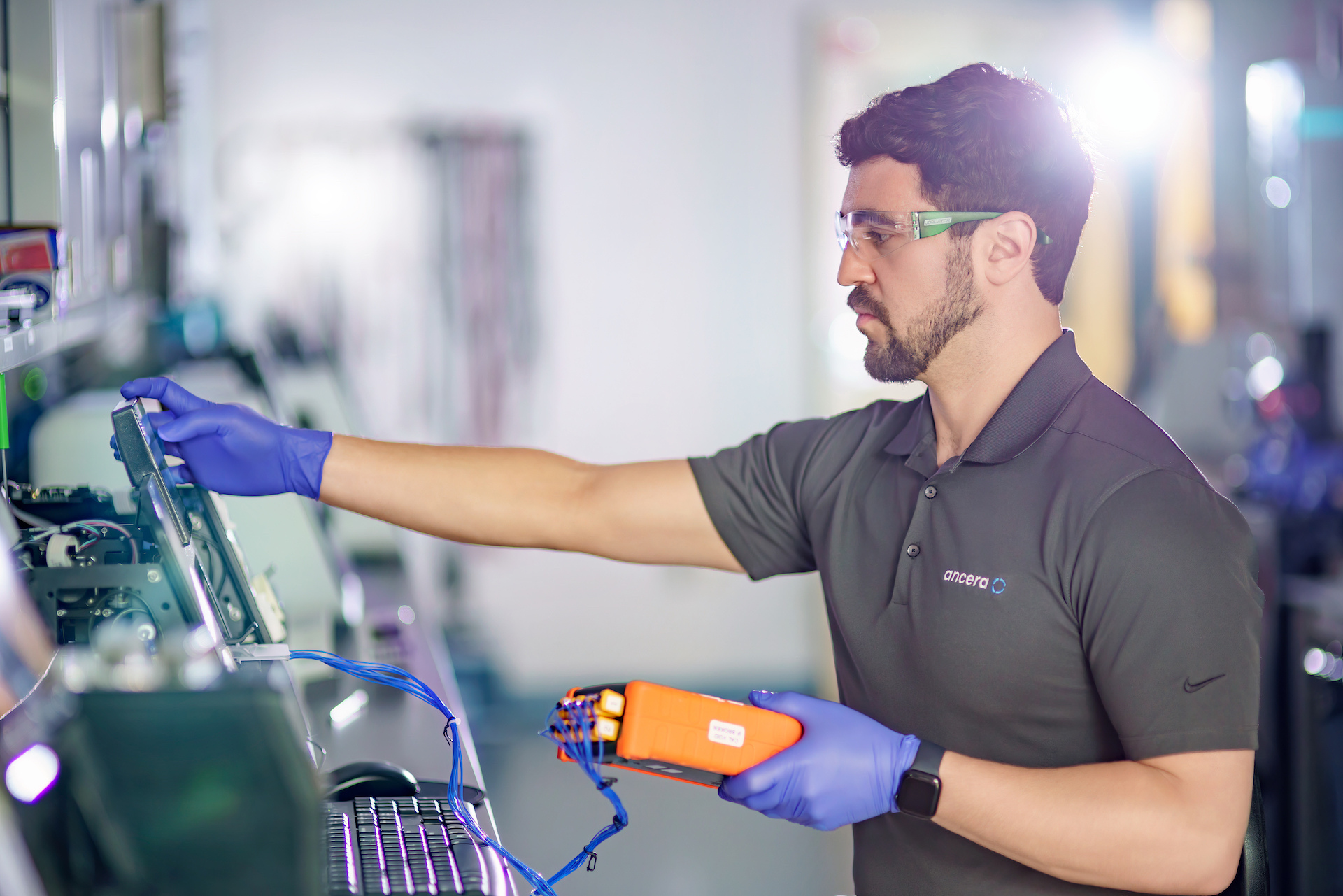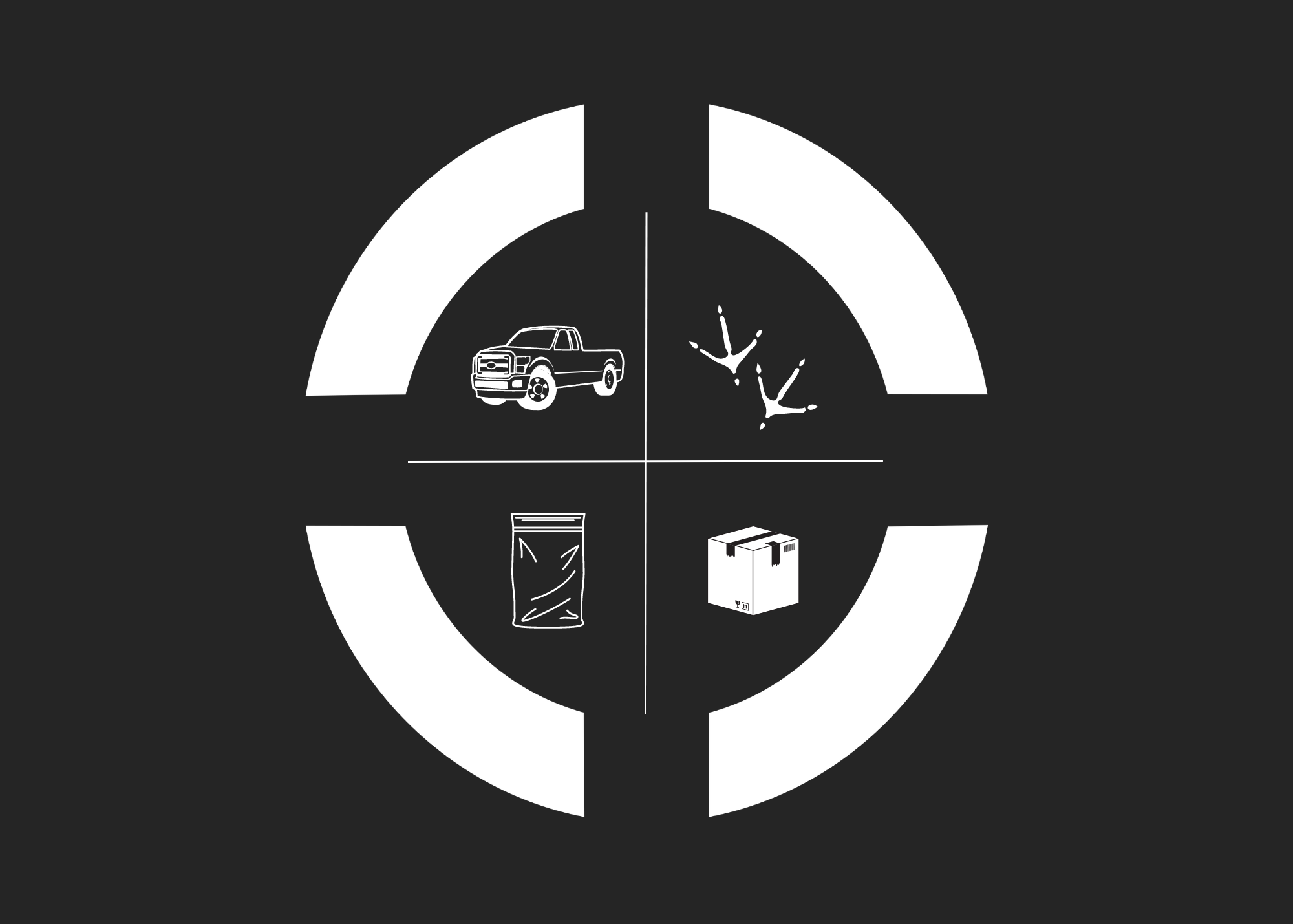In the poultry industry, margins are razor-thin, and every penny spent needs to pull its weight. For too long, poultry companies have leaned on diagnostics and contract labs as a crutch, ticking compliance boxes and relying on gut instinct to make important decisions. But outdated tools and guesswork does not make for a reliable strategy, and more tests aren’t the answer.

Publication
Dr. Don Ritter Discusses Health Challenges in the Poultry Industry
On the inaugural episode of America’s Nest Egg, host and Ancera CEO Arjun Ganesan spoke with Dr. Don Ritter, a Doctor of Veterinary Medicine with over 35 years of experience in the poultry industry.
As a career broiler production veterinarian, Dr. Ritter has worked with some of the largest poultry companies in the United States to innovate in the areas of poultry health, food safety, and animal welfare. His expertise extends to policy on antibiotic use, animal health, and government regulations. He now works as a consultant with companies like Ancera to provide unique insights into some of the industry’s biggest challenges.
“Healthy” competition in the poultry industry
Perdue Farms recently launched a “No Antibiotics Ever” campaign to promote their antibiotic-free poultry products.
Ritter noted the consumer benefits of competition and choice.
“The poultry industry offers choice. The ways chickens are produced appeal to different consumers,” Ritter said, adding that most polls still rank price, safety, and taste as the most important buying factors.
“People are voting with their wallets. Choice is great, and some companies put a lot of money into marketing and champion their choice, but that’s not to take away from the other choices. All chicken production is good for the industry and gives consumers the choice that matters to them.”
When premium pricing meets consumer demands
With supply and demand determining the market, at least some American consumers have signaled that they want no antibiotic ever (NAE) foods, but the NAE market is facing one serious challenge.
Consumers are only willing to pay a premium price for premium cuts. While 50% of chickens are raised with no antibiotics, only 10% of chicken meat is sold with NAE labeling. This is a major concern for poultry producers, as many cuts of meat – like legs, backs, and wings – cannot be sold at higher prices despite their NAE value. Producers then charge a higher premium for the cuts that can be labeled and sold as NAE to recover the cost of unlabeled cuts.
“The majority of people are buying store brand chicken at a really good value price,” Ritter said. “People with more resources that care about some of these attributes buy up and pay more for the national brand perhaps. And if they really care and they have the resources, then they’ll go into the higher arena such as organic or pasture raised.”
U.S. response to Avian Influenza outbreak
After an outbreak of High Pathogenicity (or "high path") Avian Influenza (HPAI) H5N1, U.S. regulators and industry leaders implemented protections to prevent the spread of the disease in our food supply.
“We now have 100% testing of all commercial poultry produced in the United States for food,” Ritter said. “No other country has the resources or lab structure to pull that off.”
Because of this robust testing, U.S. poultry producers can find and eradicate incursions of HPAI in their flocks quickly.
“We operate as a high path Avian Influenza-free country.”
Since the U.S. treats Avian Influenza as a “stamping out disease,” it does not require the use of vaccines or antibiotics regarding high path flu in the poultry supply. Ritter said that this policy is influenced heavily by the ability to trade internationally with other countries. There are discussions about changing this policy, as countries are starting to recognize the larger issue with high path influenza.
The use of antibiotics in animal health
Antibiotics are divided and categorized by their importance to human health. When an animal gets sick with a bacterial disease, the appropriate antibiotics to treat that animal may be the same as a person takes to treat the same disease, such as an infection.
Ionophores are a group of antibiotics that are not approved to treat humans but are approved to treat animals for a parasite that affects the intestinal tract. This parasite, called Coccidia, is known to spread throughout the poultry supply chain and food producers are continuously working to control and eradicate it in their flocks.
Because of factors like NAE and government regulations, the overall use of antibiotics is down throughout the poultry industry. Ritter said that every use of antibiotics contributes to a resistance of antibiotics. Realizing this, the poultry industry uses a targeted approach to only treat houses that require it.
“We rely on vaccines more for health than we do these previously used antibiotics,” Ritter said, including cleaning programs, downtimes in houses between flocks, and more. “We don’t need to use more antibiotics when we don’t have as many sick animals.”
Backyard flocks impacted by AI
A rise in Avian Influenza among backyard flocks, or small chicken flocks raised on a family farm, has prompted policy conversations that could include both commercial and private poultry flocks.
“If and when the U.S. ever moves towards vaccination, it’s going to be similar to what France did,” Ritter said. “It’s going to be to protect genetic stock. I don’t think it’s going to go down to the production animals used for meat and eggs and won’t extend to backyard flocks.”
Backyard flocks can be a good indicator of overall environmental health. Since other wild animals have easier access to these flocks, they are more susceptible to outside exposure.
“If you start seeing backyard flocks becoming ill, you know that the birds flying overhead are still shedding those viruses,” Ritter said, adding that it can be a 3-5 year cycle for these viruses to evolve out of the wild population.
The dollars and cents of protein
Ritter said that despite some challenges surrounding poultry health, many of these concerns have been addressed and they are not affecting the supply of protein in the food supply.
“I’m excited that we’re able to keep protein an affordable, high-value product in the United States.”
There’s more chicken available today that than there has been in history. “We have an abundant supply of chicken and we’re making it every day for everybody,” Ritter said.
Attracting top talent to agriculture
One of the challenges for poultry producers is attracting the best talent to the food industry. Ritter said that 1-2% of jobs in the U.S. are in agriculture and only a quarter of those are in animal agriculture.
“People in general don’t know where their food comes from,” Ritter said.
One of the reasons there are few job opportunities in the industry could be due to efficiencies in genetics. A corn field, for example, is capable for producing 50% more corn per acre than it once could, and the same is true for animal agriculture.
“These efficiencies mean that we need less people involved to raise the same amount of protein or the same amount of grain,” Ritter said.
To ensure that the next stage of the industry can keep up with the pace of change, there is still a need for top talent.
“We need technical people entering food production,” Ritter said. “There are so many ways that technology is the future of animal agriculture, and we need talent from all industries: engineers, chemists, veterinarians, etc.”
Don’s most asked question
Throughout his decades in the poultry industry, there’s one question that Don Ritter gets all the time from his friends and family:
“Do you use hormones to raise chickens?”
Ritter said that the industry has done a poor job of educating the public about the use of hormones in poultry.
Hormones were banned by the federal government in the 1950s, but Ritter said he understands why people may assume hormones are still in use, given the size of chickens now compared to those of 50 years ago. Ritter said those are simply the results of selective breeding.
“No hormones are used in poultry production,” he said.
America’s Nest Egg
The America’s Nest Egg podcast hosts conversations on the poultry industry, biotech, and more. Listen to the full episode with Dr. Don Ritter.
Subscribe to America’s Nest Egg and join the conversation.










.png)






























